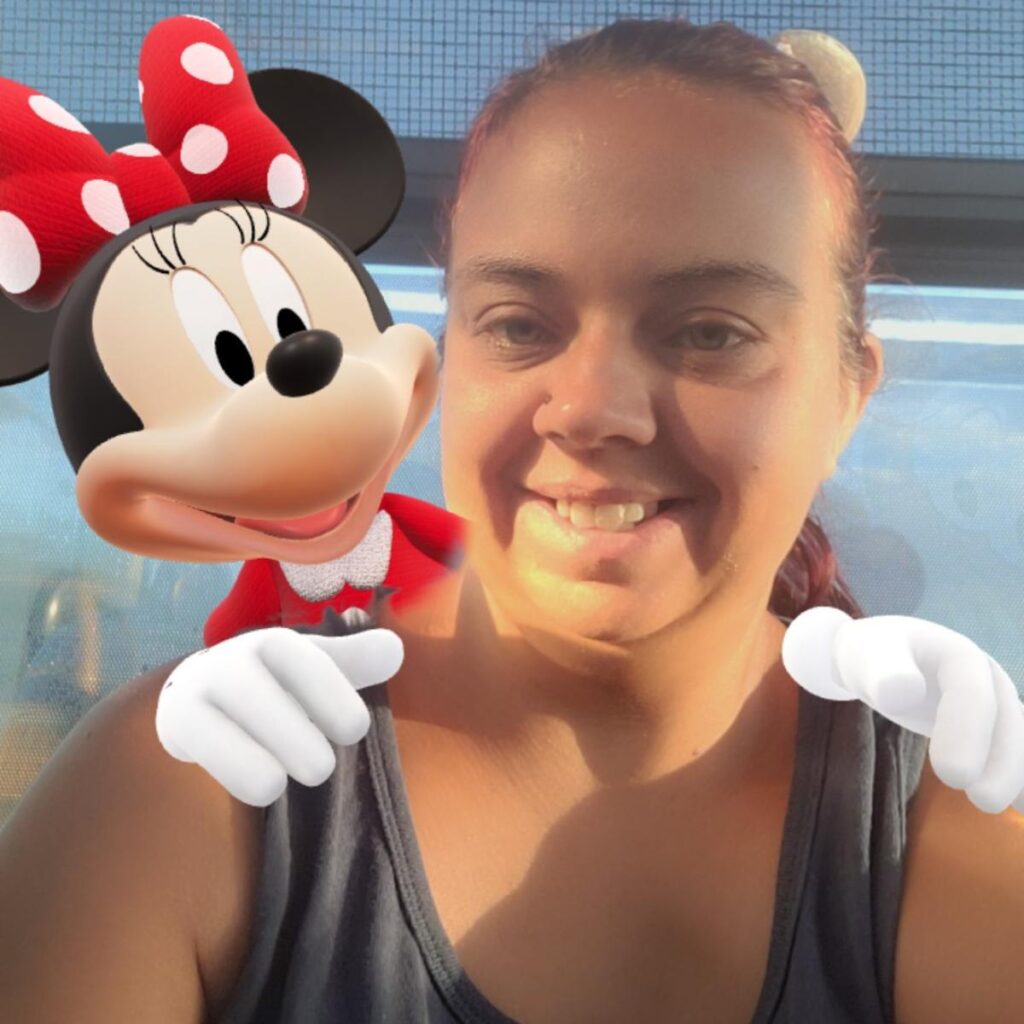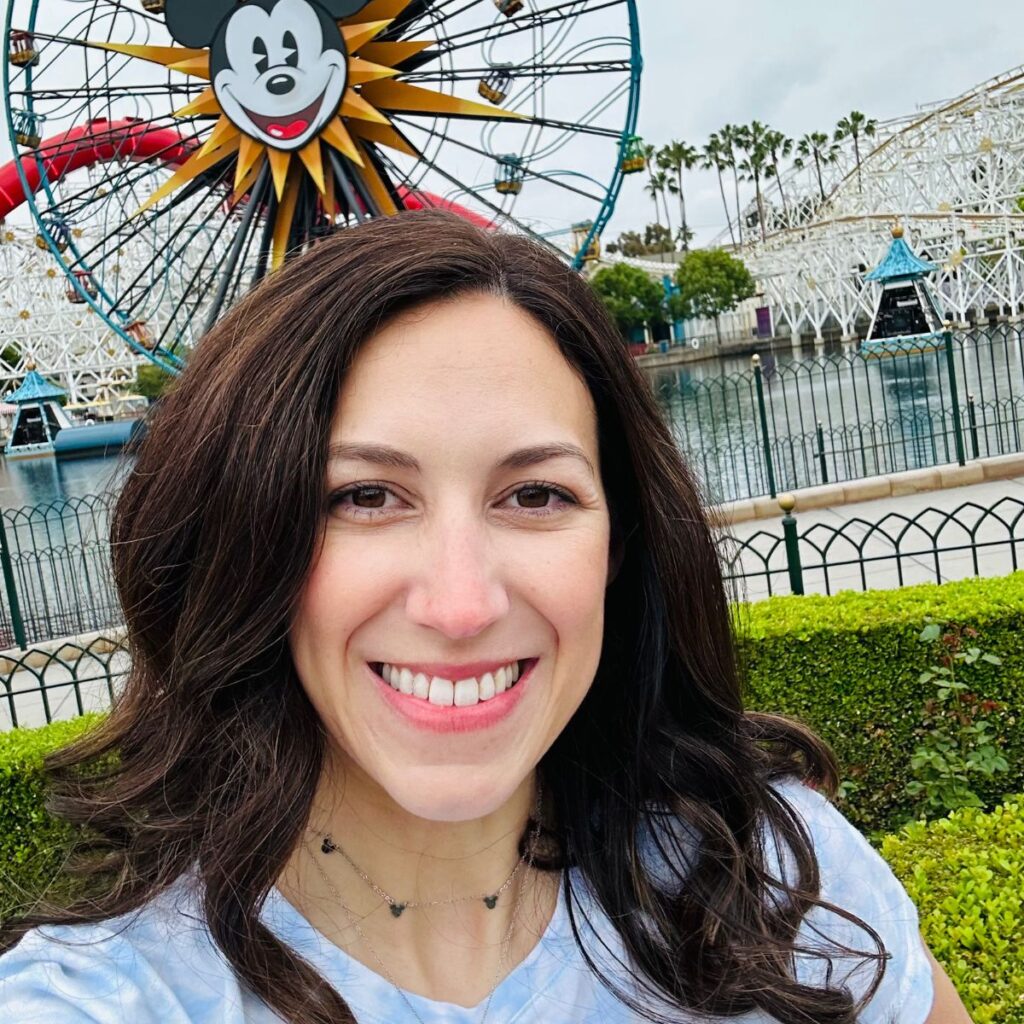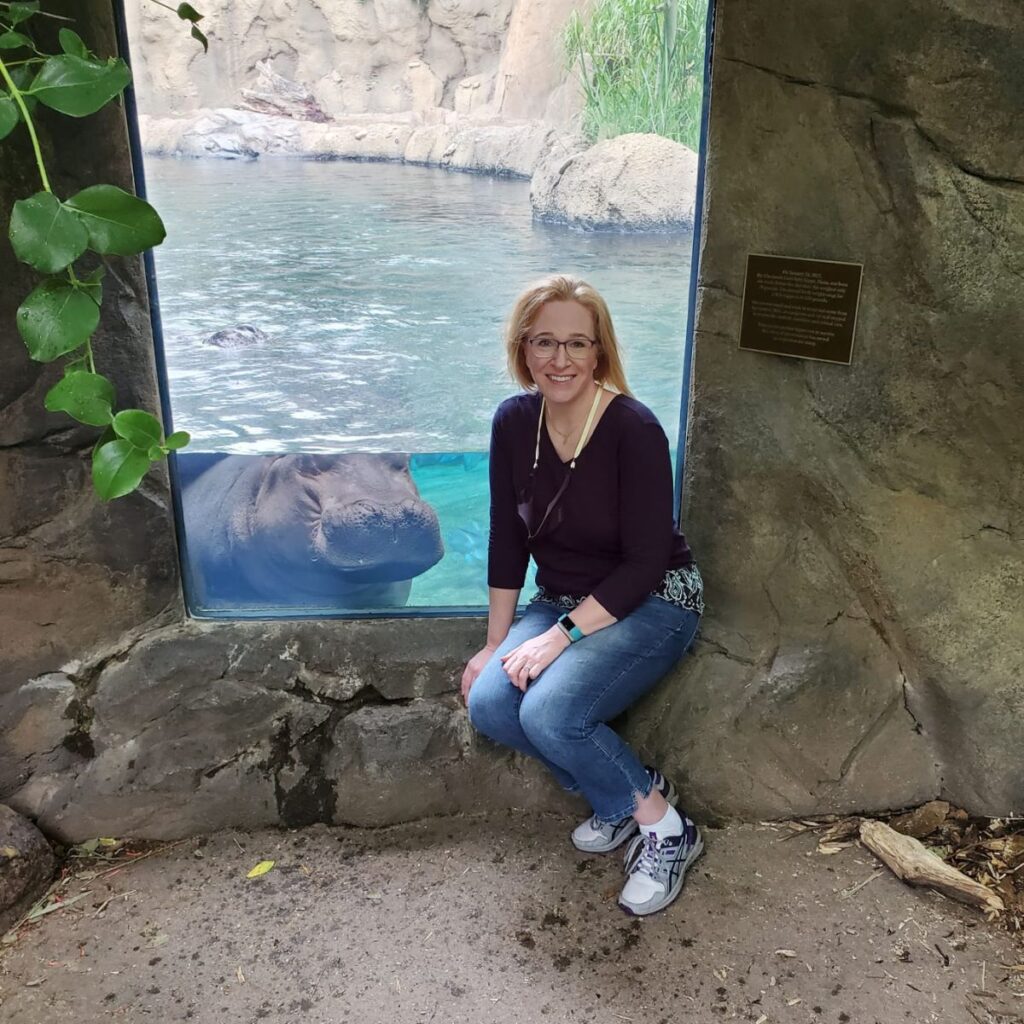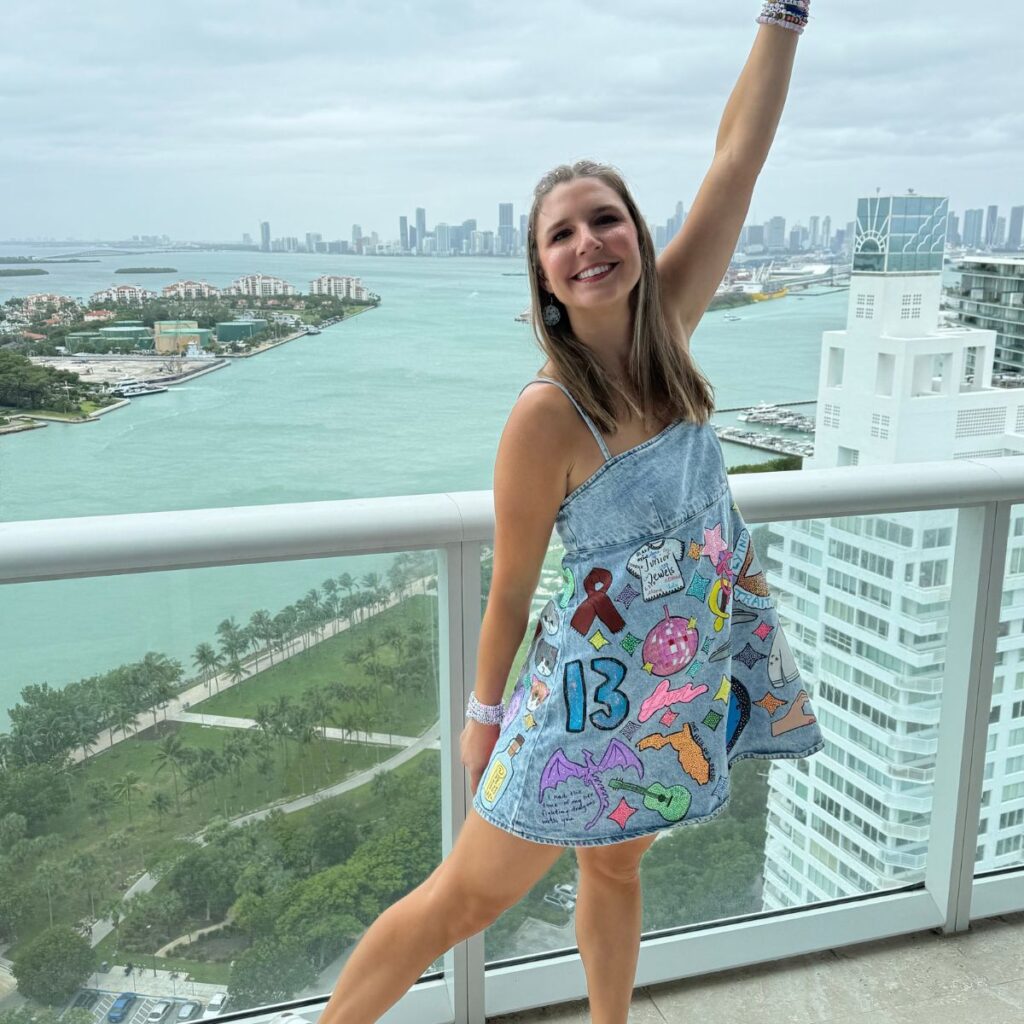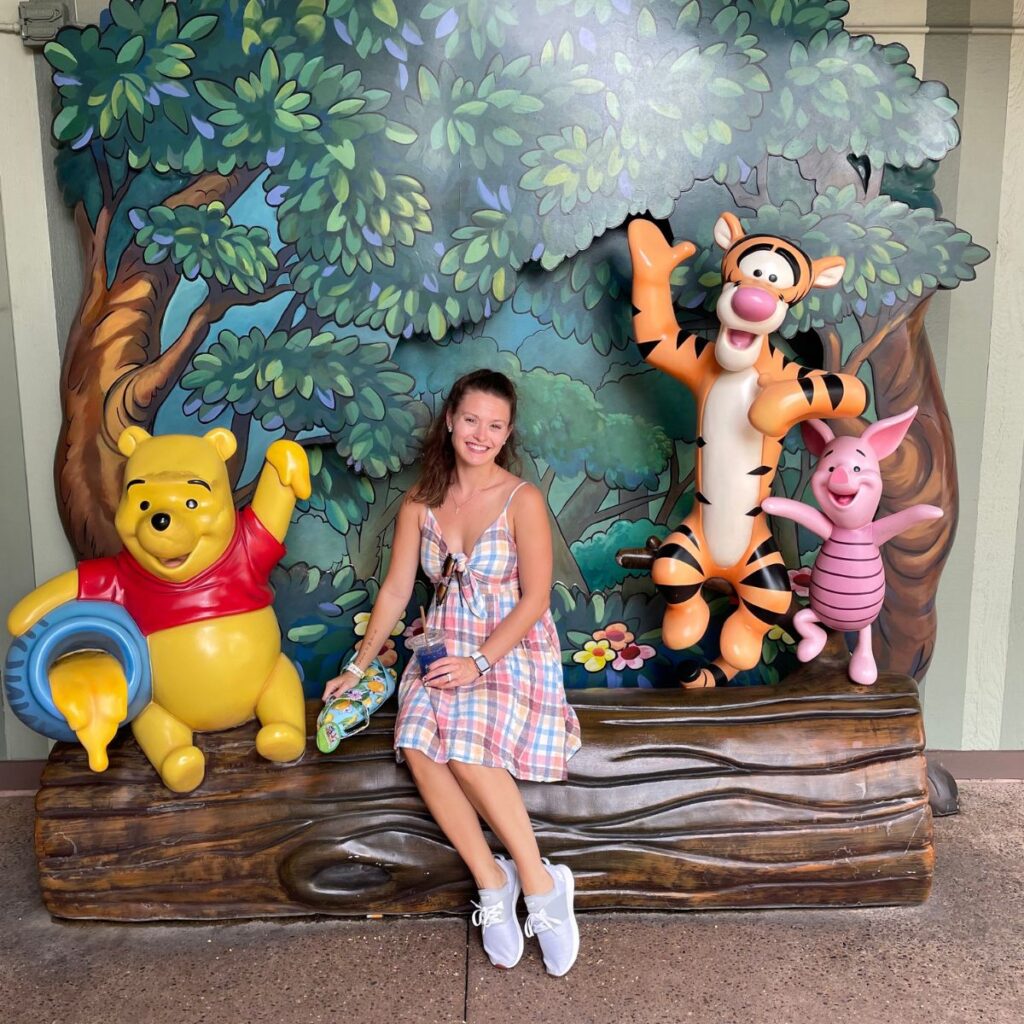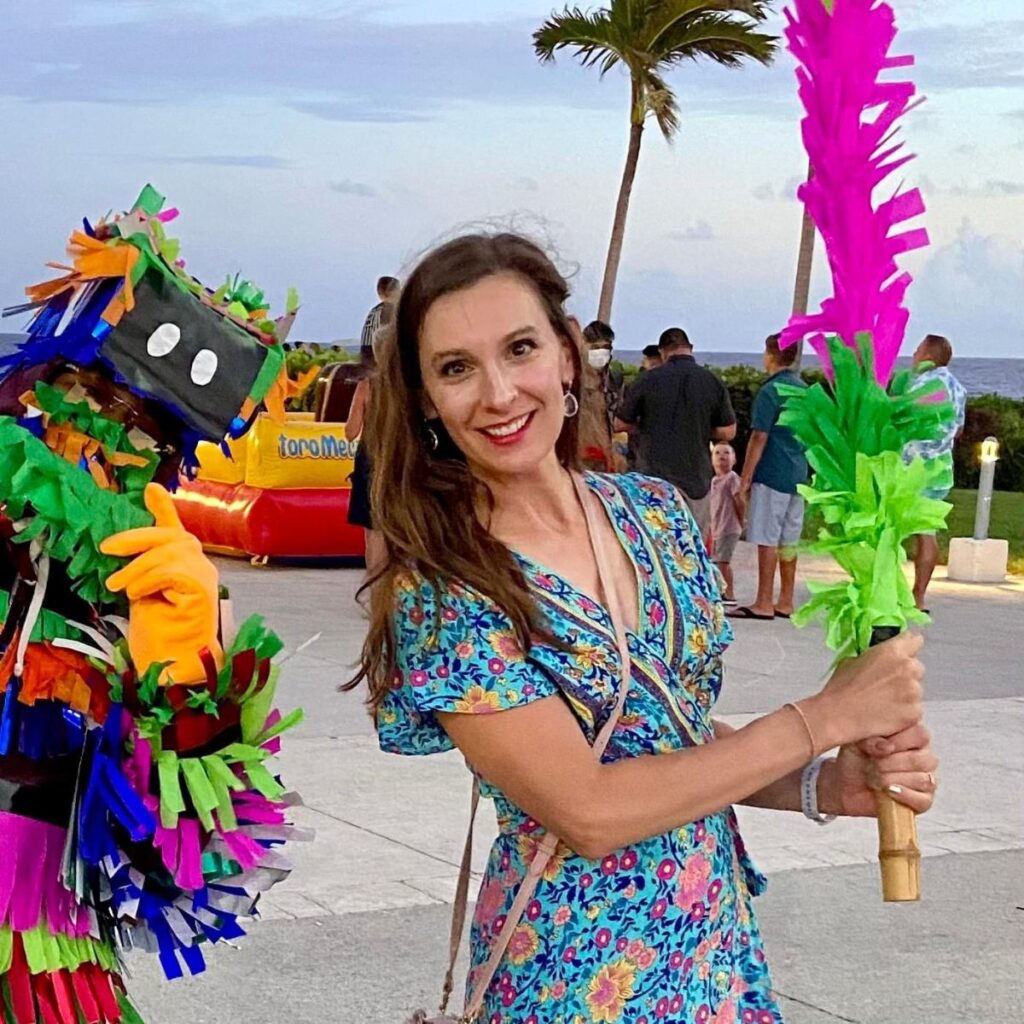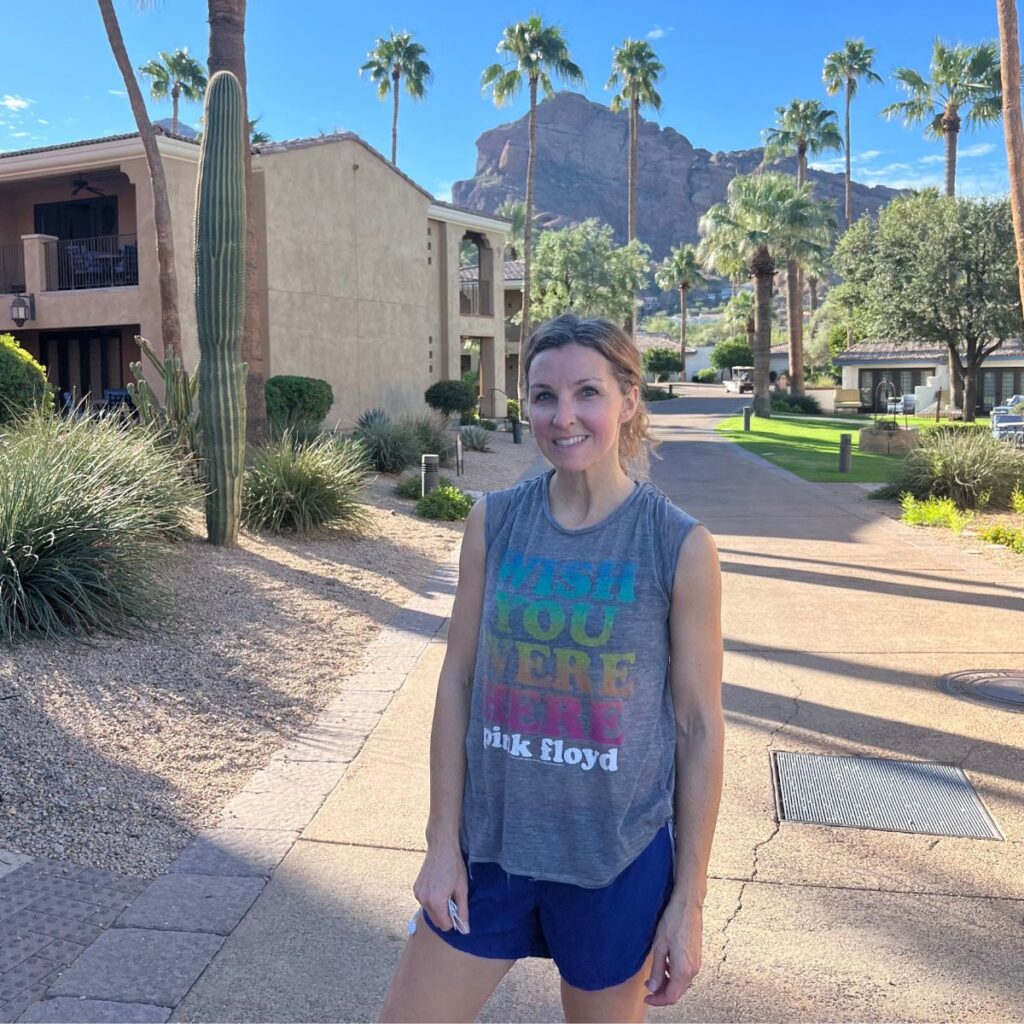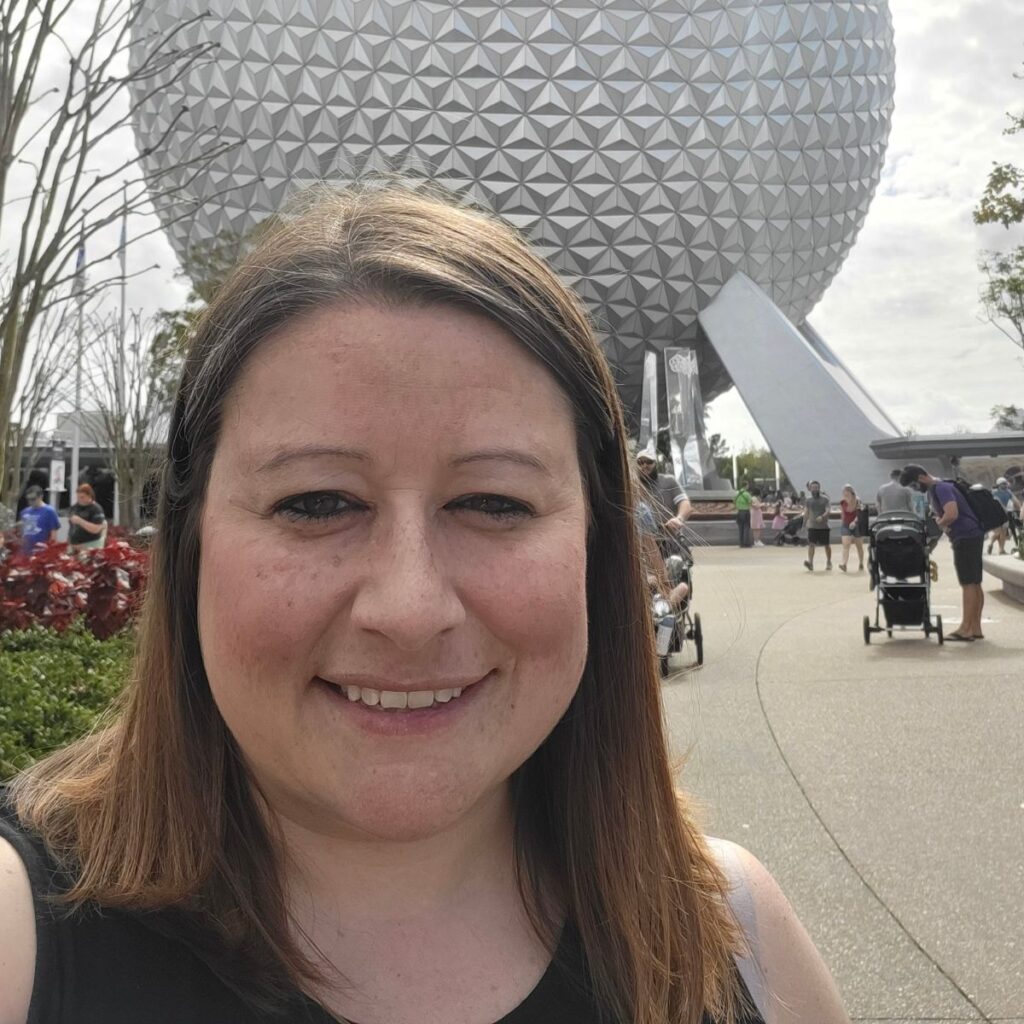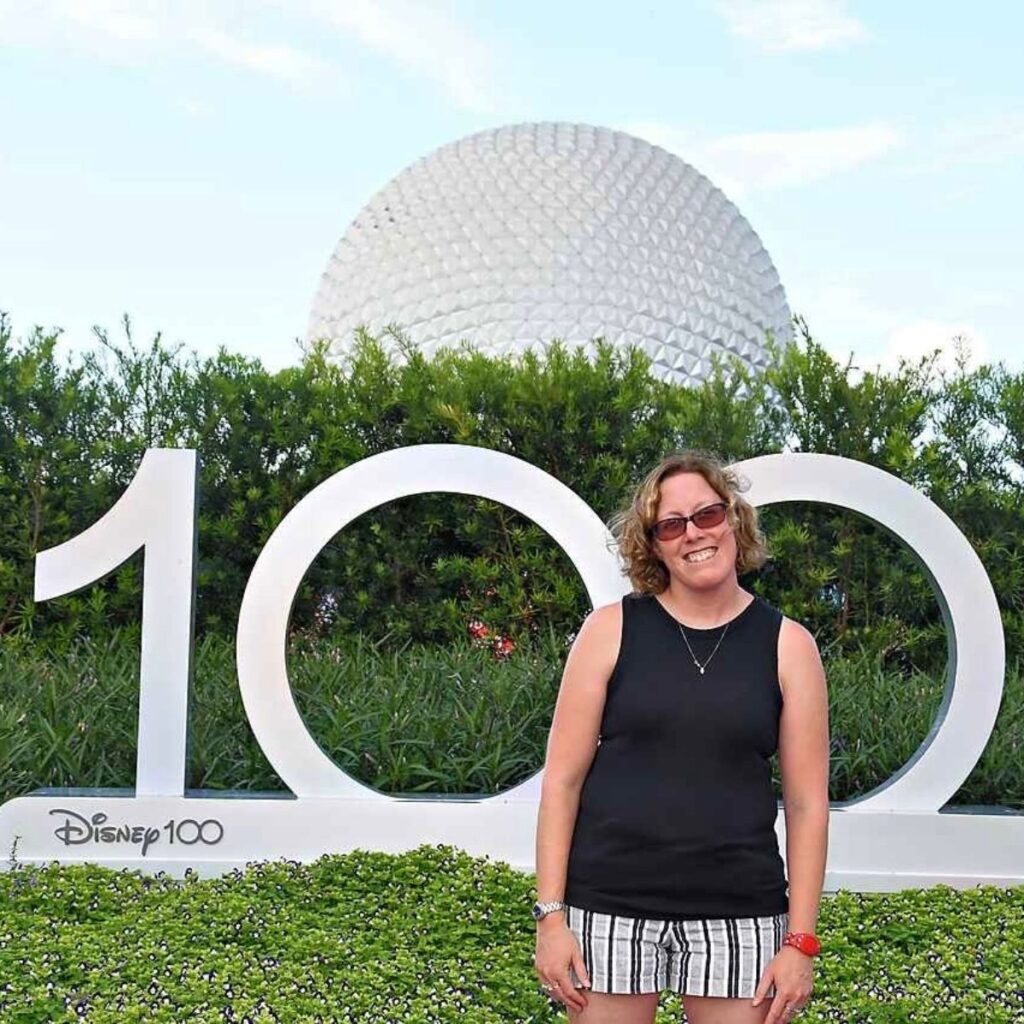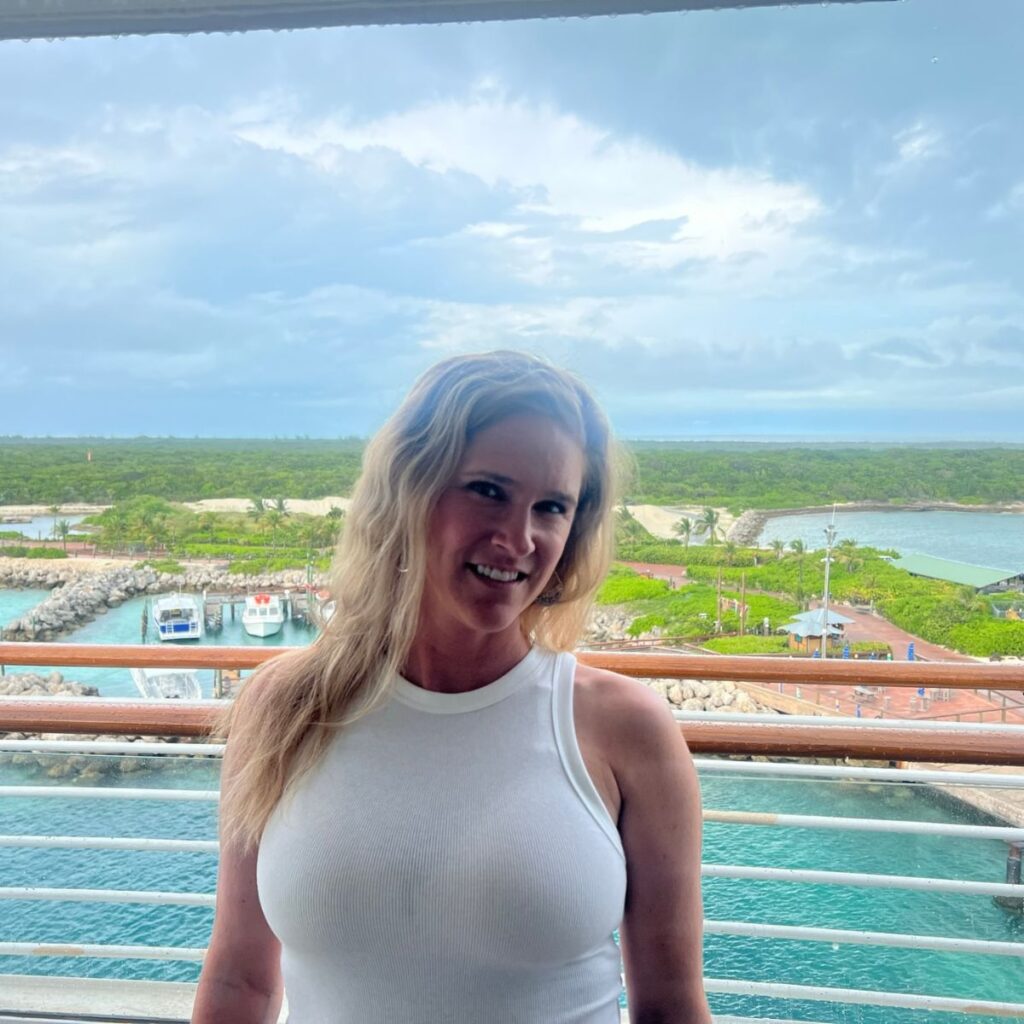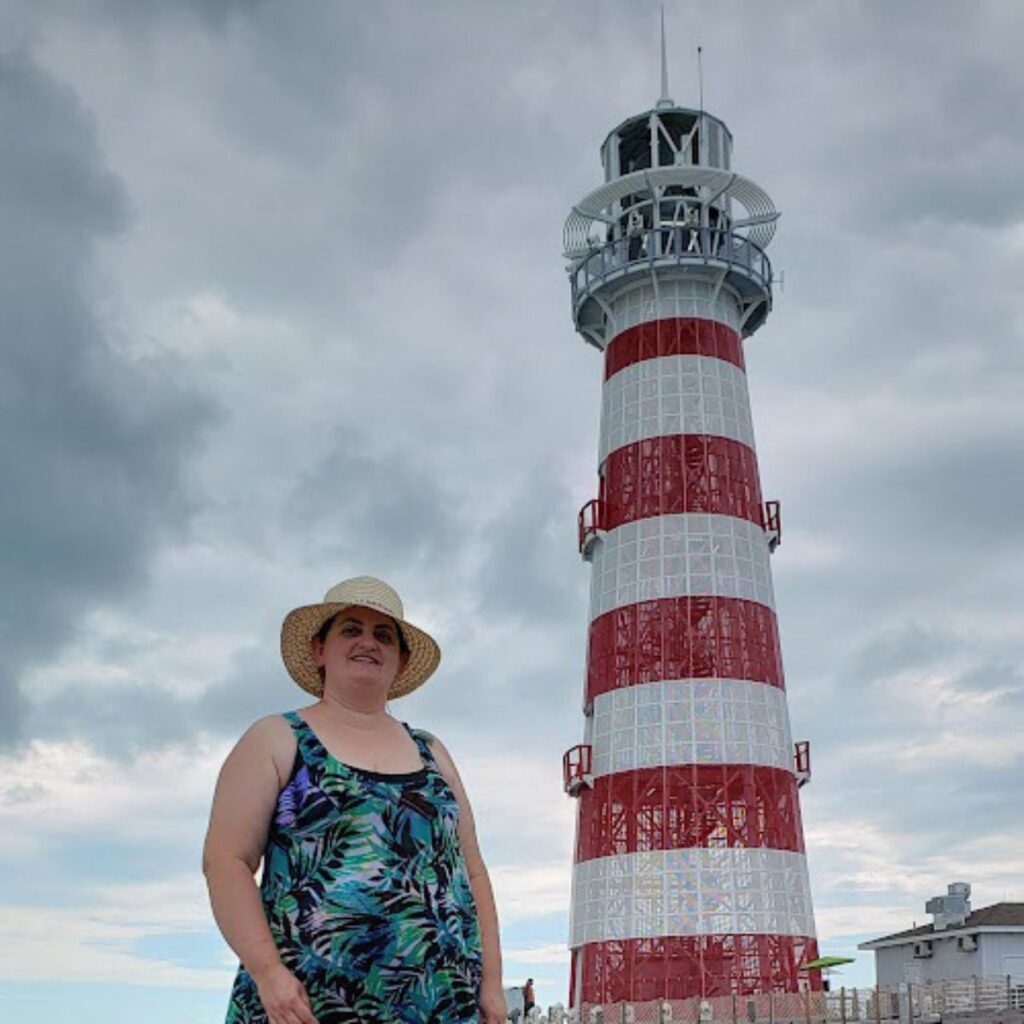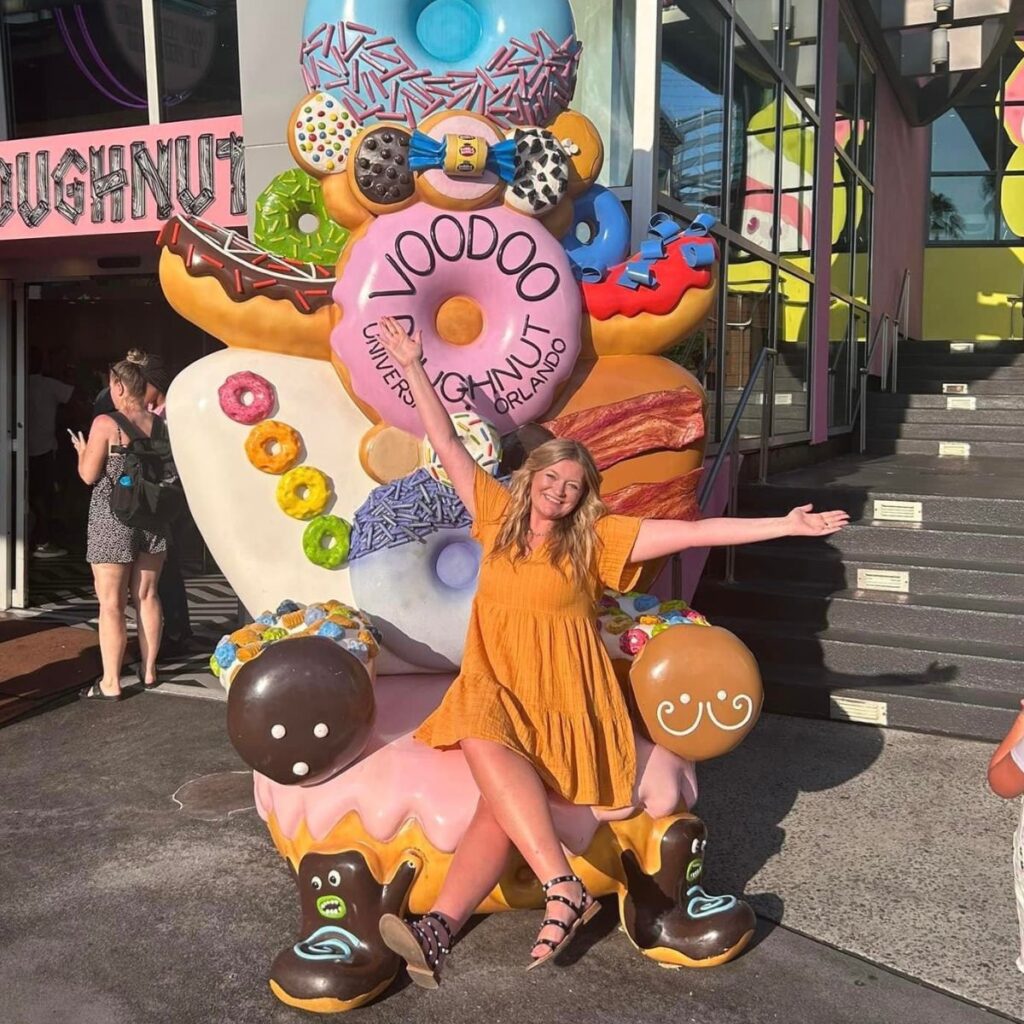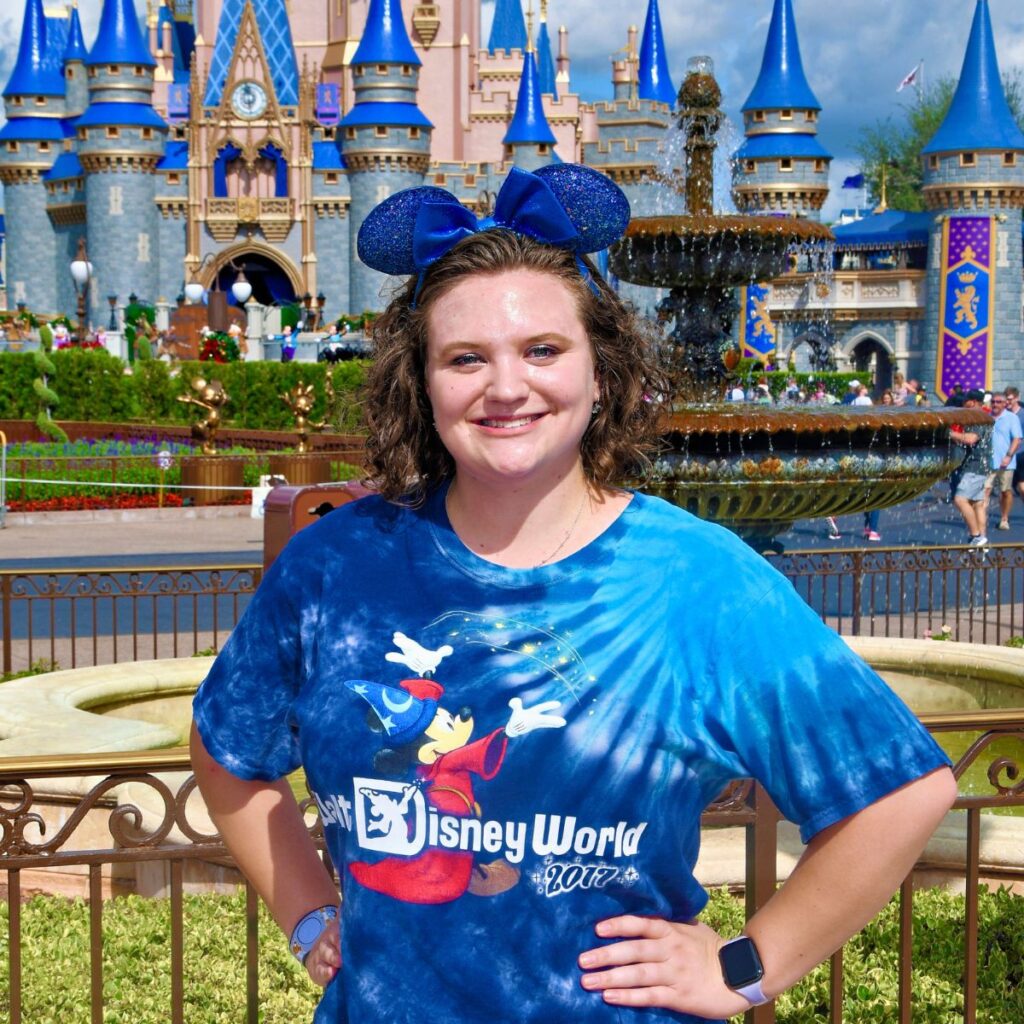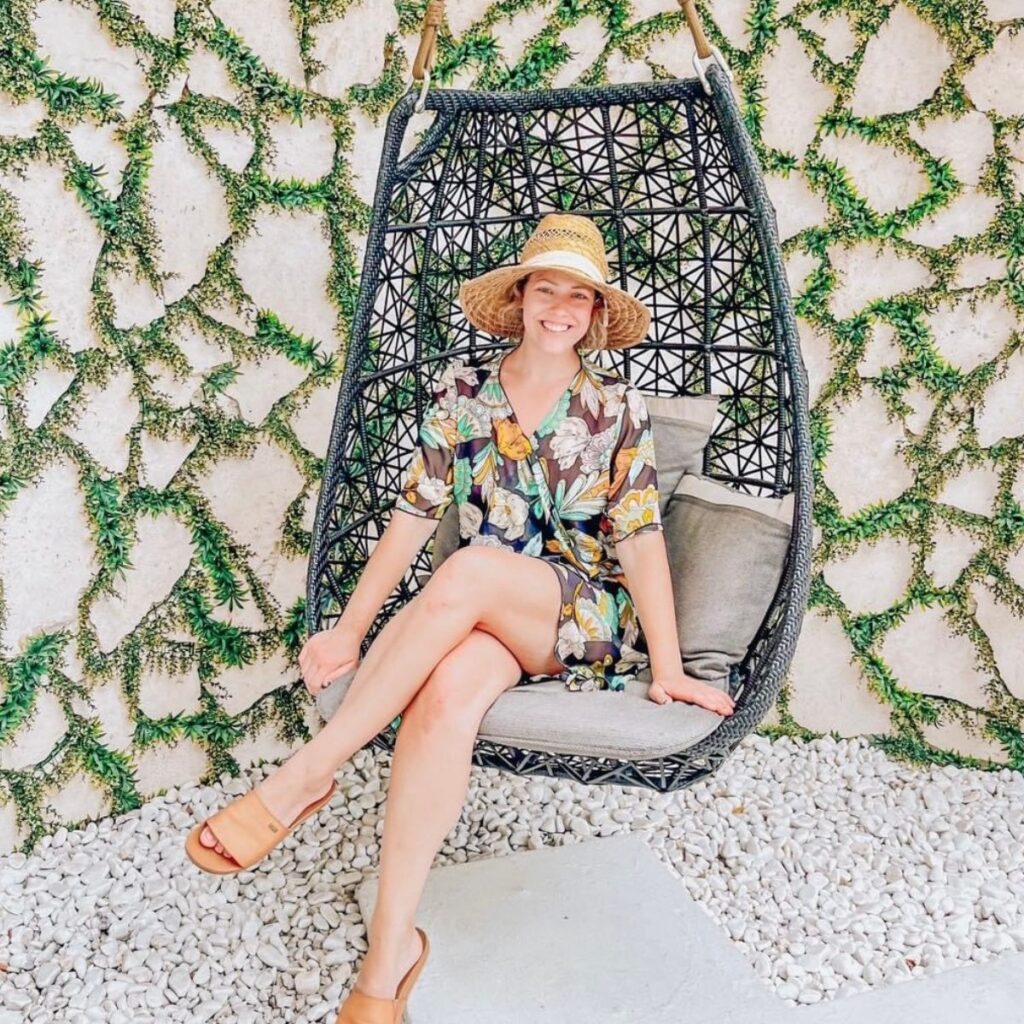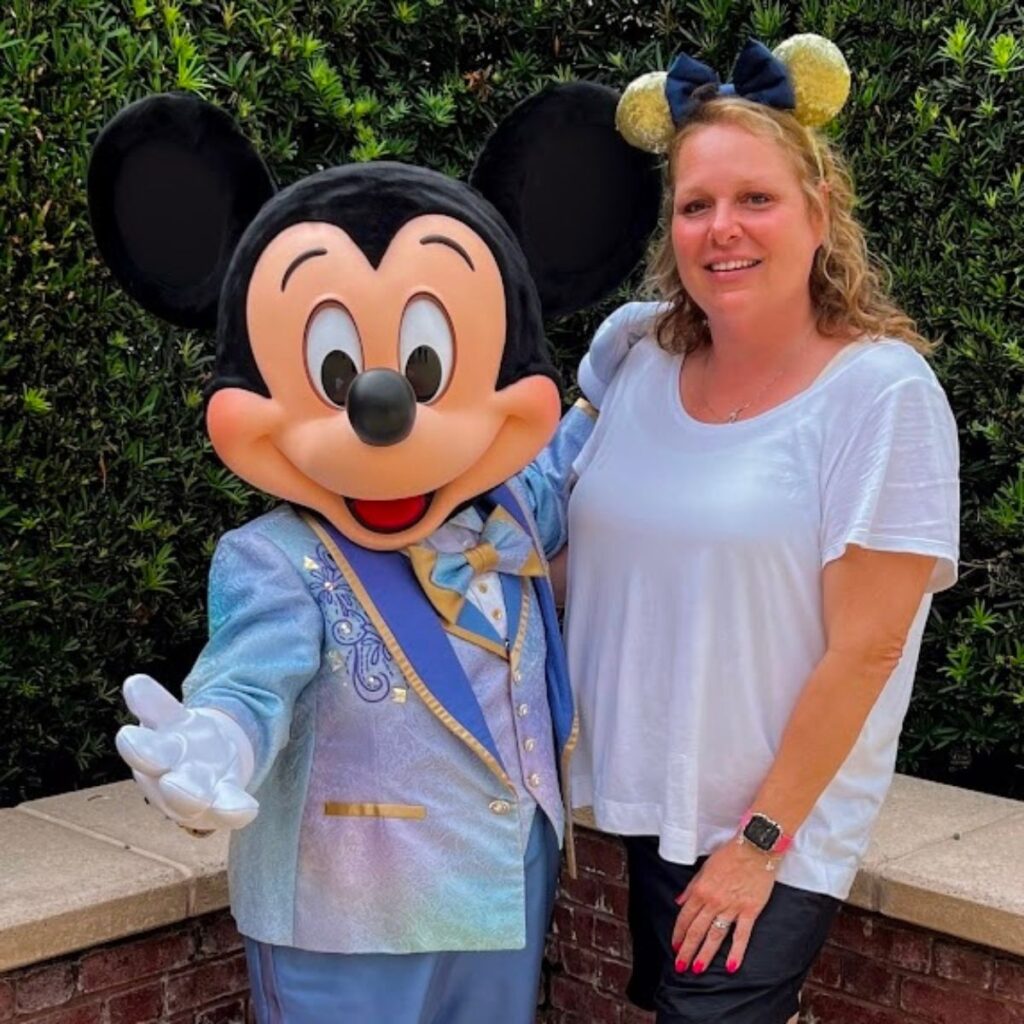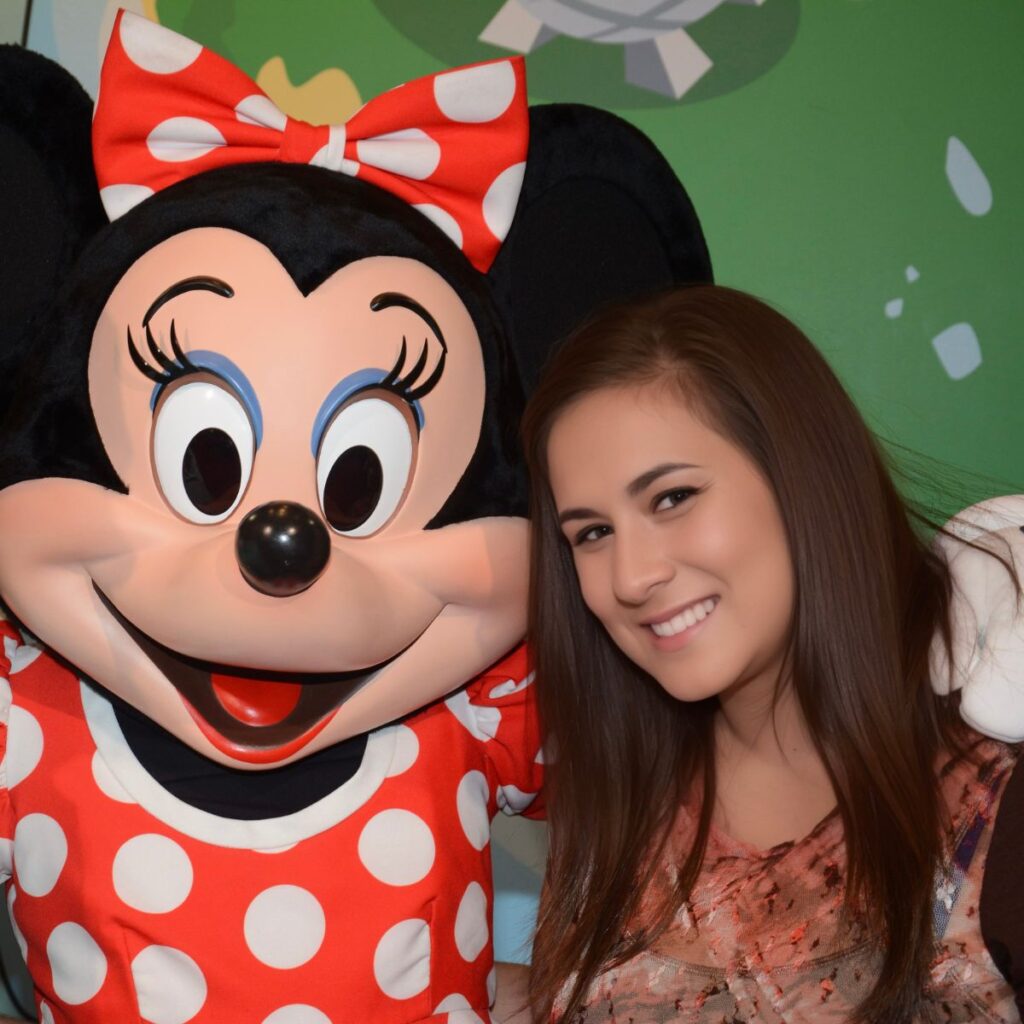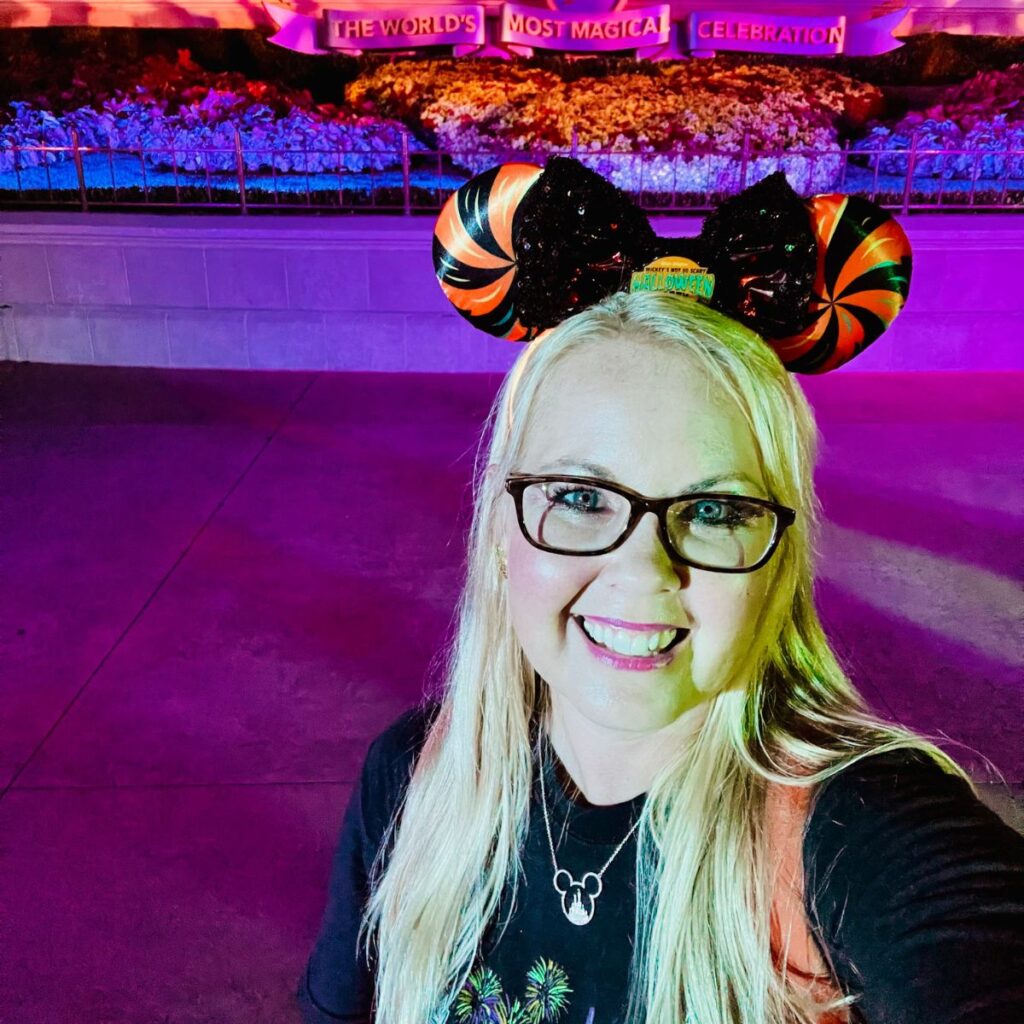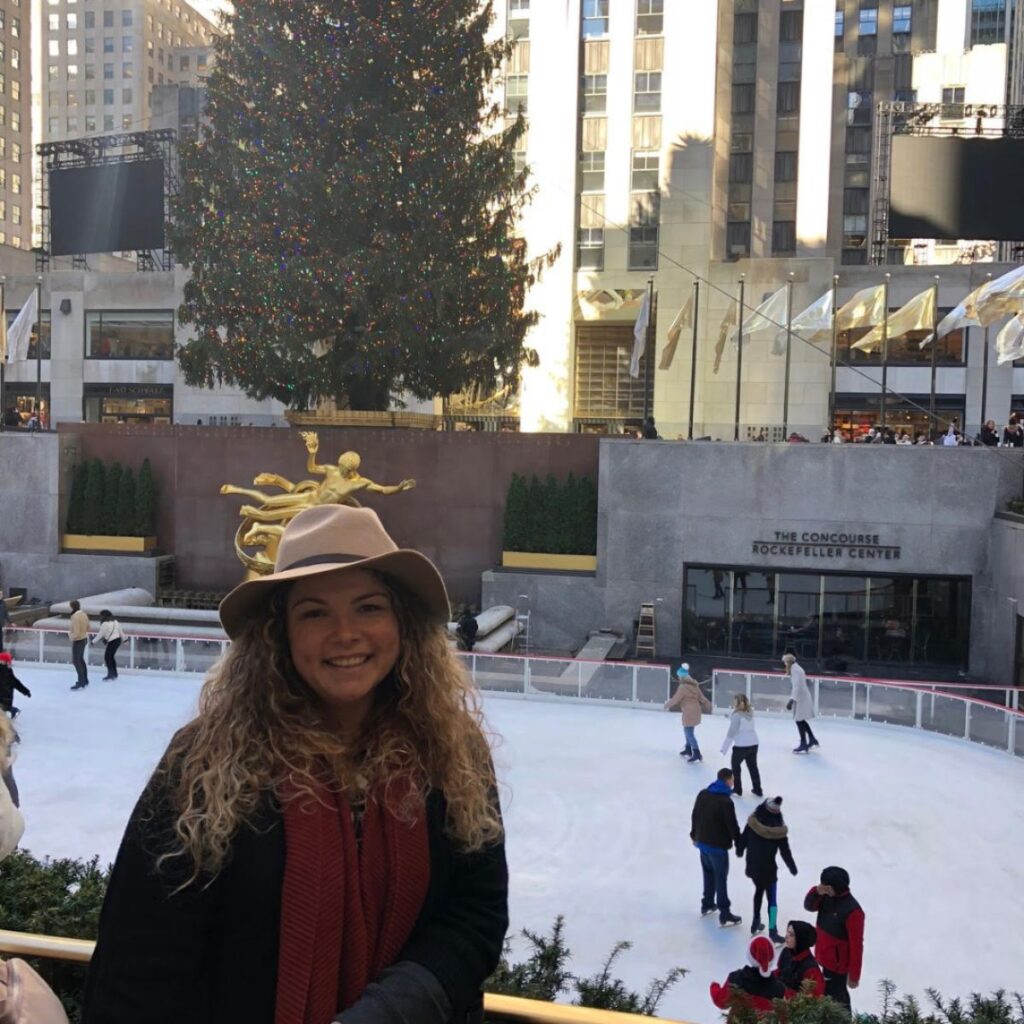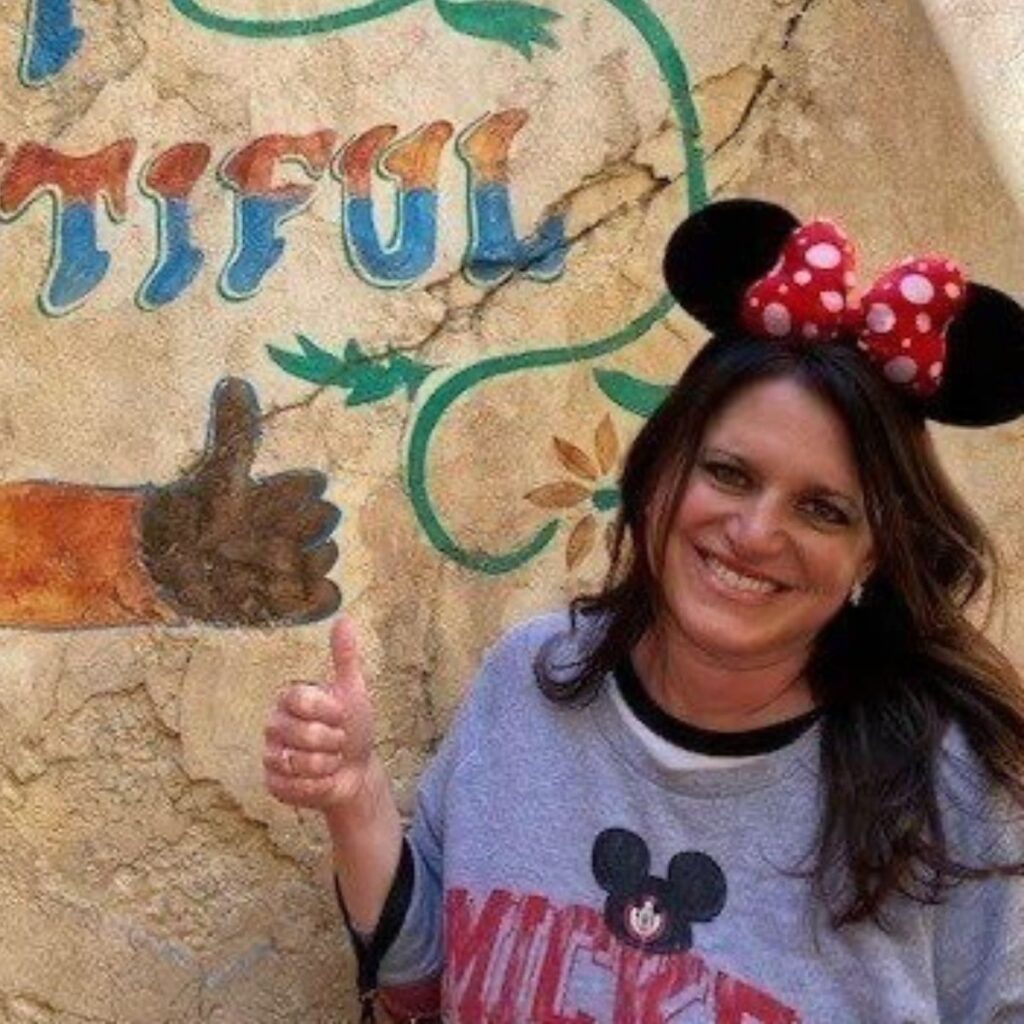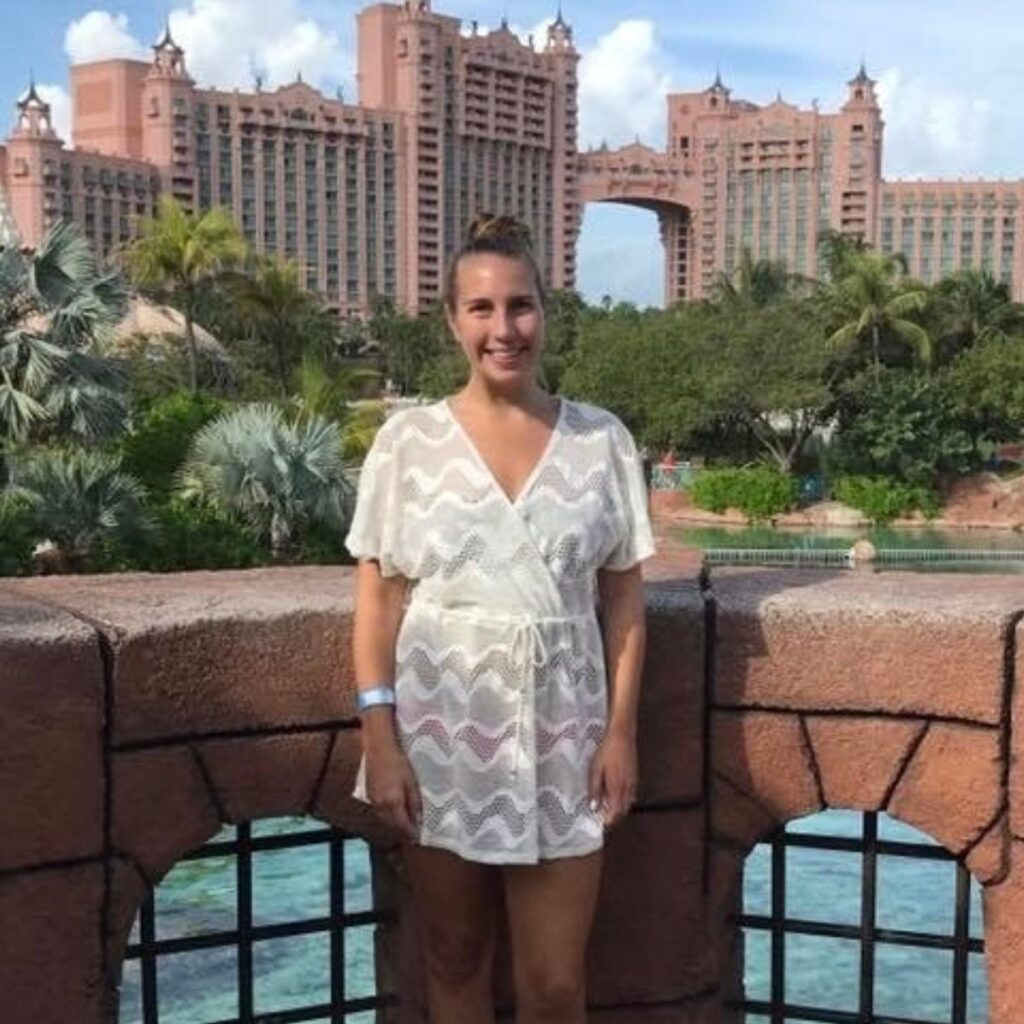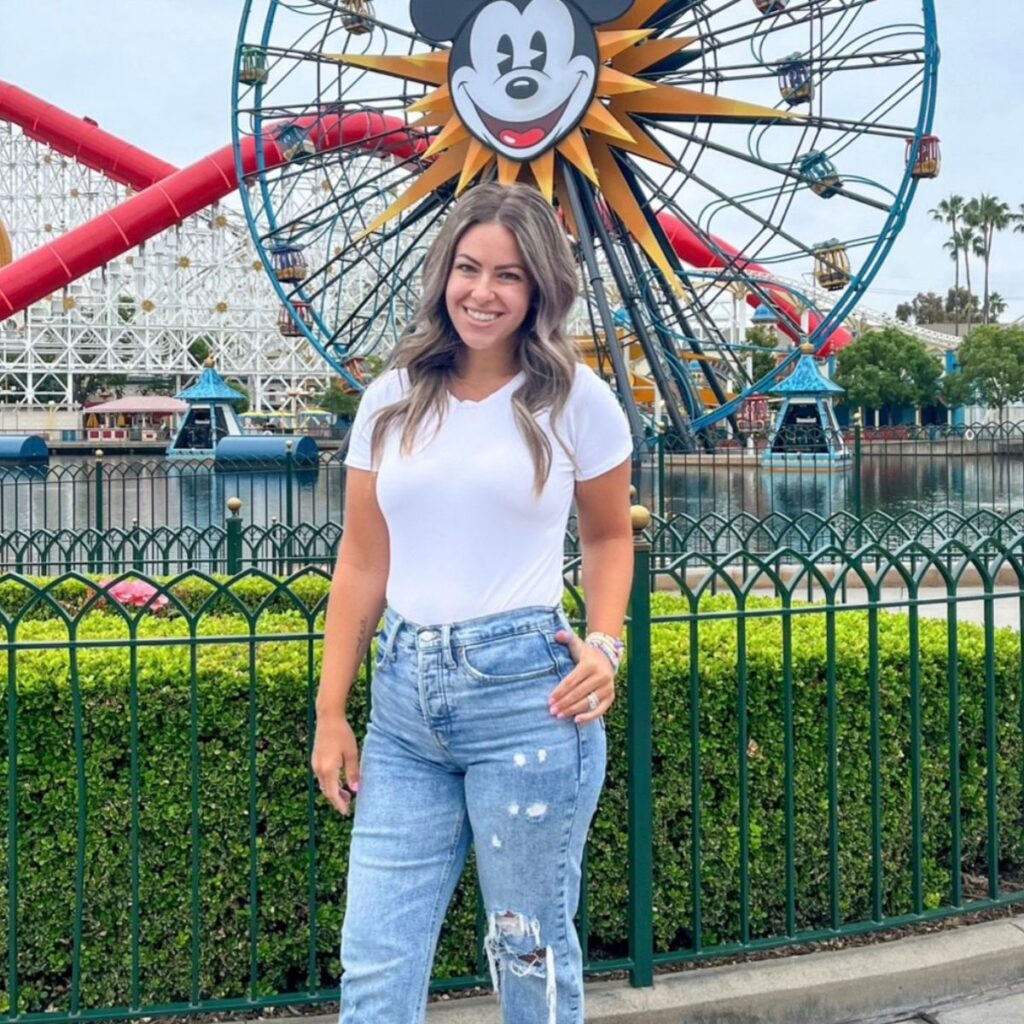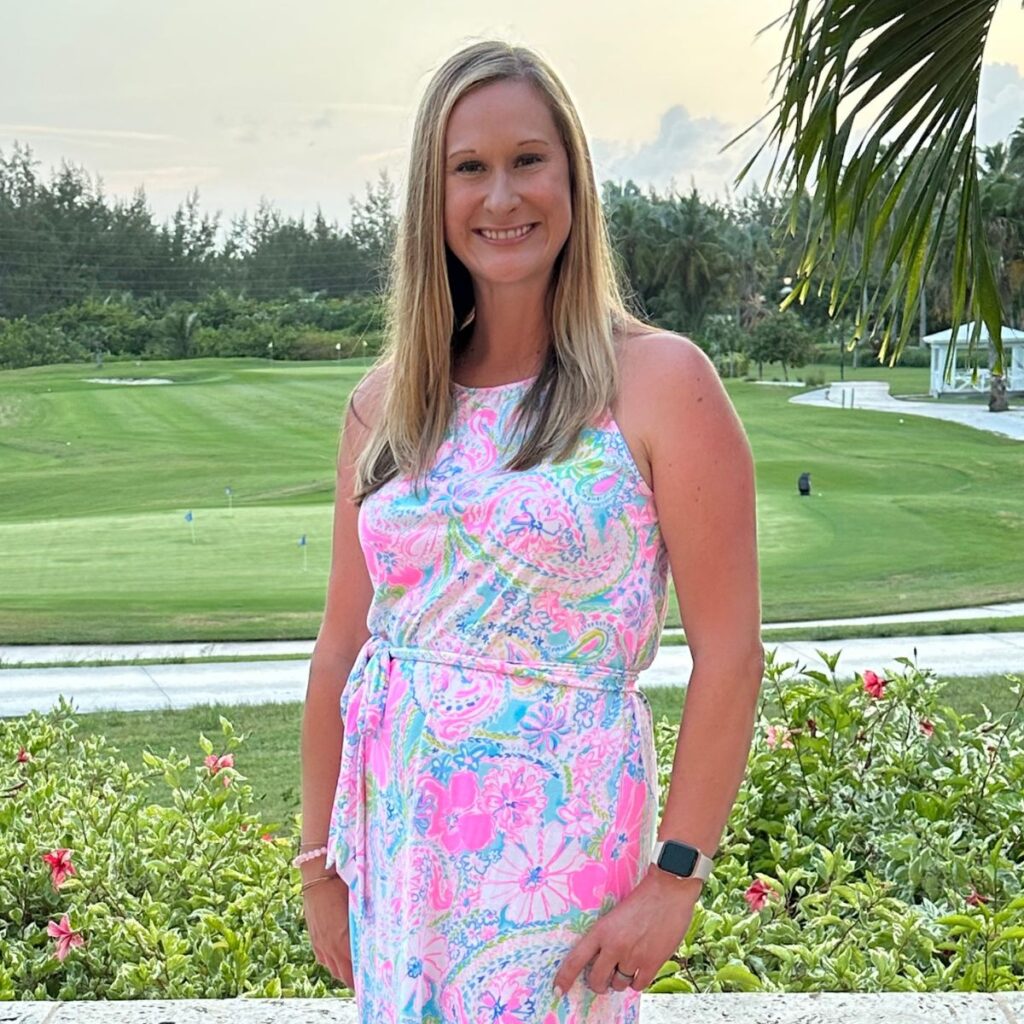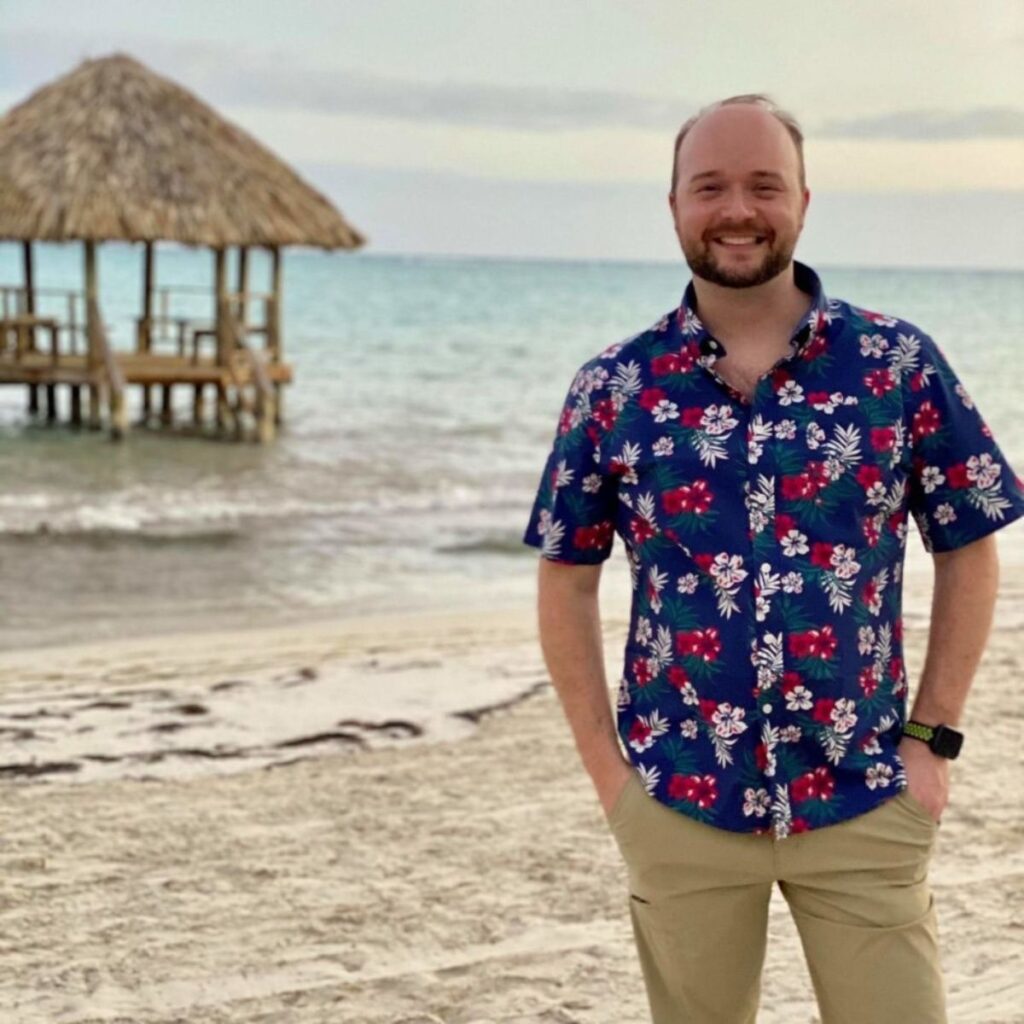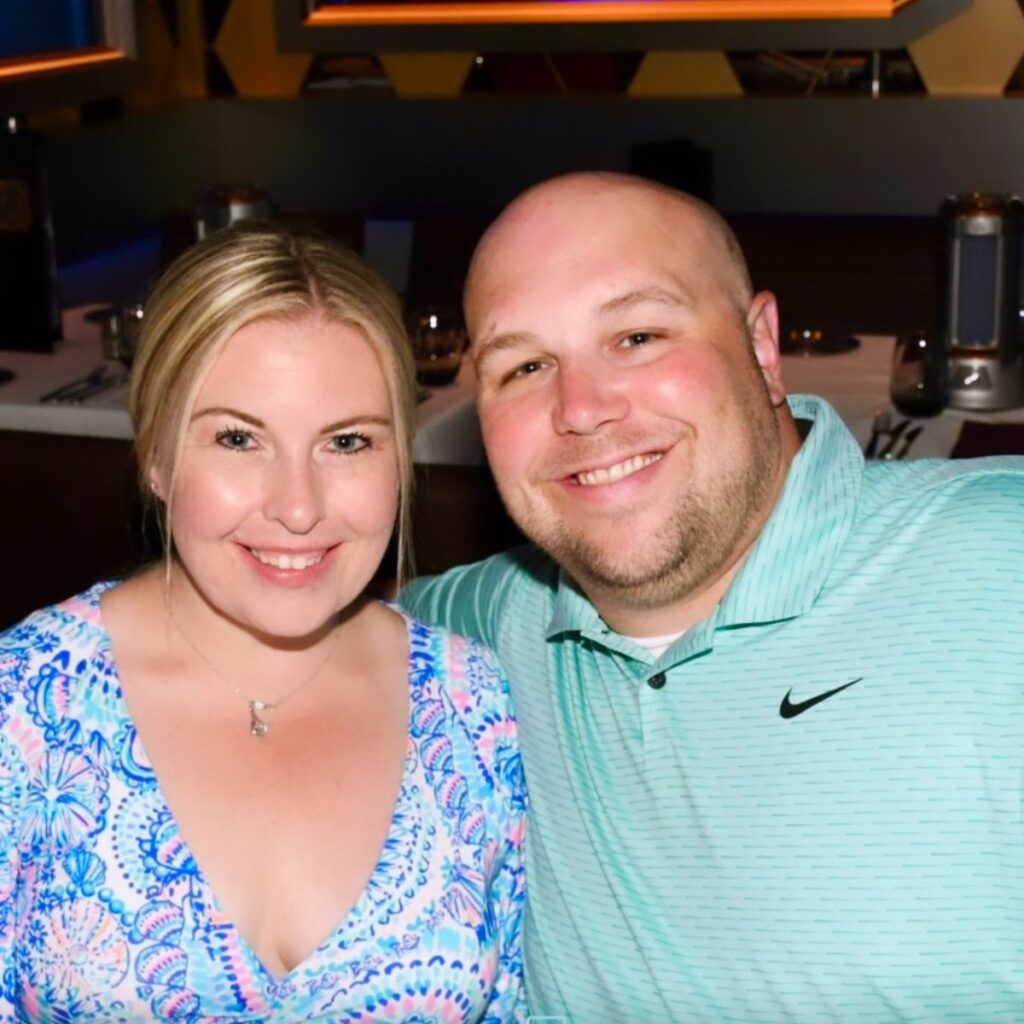All Disney parks and resorts go out of their way to do whatever they can to assist those with disabilities. As a disabled person who spends nearly every weekend in Florida parks, I have experienced first-hand how easy and convenient it is to do everything I want to do despite being unable to walk. But I’m in a wheelchair. That makes my disability easy to spot and rather easy to accommodate. What about those people with disabilities that aren’t so noticeable; people who may not be able to handle queue lines or who need special assistance with audio and visual needs?
Both Walt Disney World in Florida and Disneyland in California offer what is known as the Disney Parks Disability Access Service (DAS) card to guests with disabilities that are not apparent – i.e., they are not confined to a wheelchair, scooter, or other mobility assisting device. The DAS card is intended to accommodate guests who cannot stand in long queue lines due to a legitimate medical problem. Those guests and their family members are provided return times for the attractions they want to enjoy so they don’t have to wait in lines.
How the DAS Card Works
Let’s use the Jungle Cruise at WDW as an example of how this works. Because I am confined to a wheelchair, my wife and I can walk up to the attraction’s disability entrance at any point during the day and request a return time. Based on the current wait time for the attraction, the Disney cast member will give us a paper slip with a designated time. We can return to the disability entrance at that time, or any time thereafter, and get right on the ride.
A guest with a DAS card can do the same thing. The card tells cast members that the guest to whom the card is issued is unable to stand in the queue line and needs a return time. The guest and his or her family can get return times for nearly every attraction in the park, but only one return pass can be held at any given time. That means the party must use its current return pass before they can be issued another one.
Please note that arrangements are different for Florida and California guests. Guests at Florida’s Walt Disney World go straight to the attractions to get return times. Guests at California’s Disney Land must visit Guest Services kiosks throughout the park to get return times.
How to Get a DAS Card
All Disney parks issue DAS cards through the Guest Services office located at the entrance of the respective park. In order to get the card, the guest who needs it must go to Guest Services to complete registration, including having his or her picture taken. Once issued the card is good for up to 14 consecutive days and can be used at all of the parks during that period. In other words, the guest does not need a separate DAS card for every park.
If a guest or his family believes that a DAS card alone will be insufficient to accommodate the disability – they may need assistance with audio/visual, for example – they need only let Guest Services know when applying for a DAS card. The Disney cast members will work with that guest on an individual basis to make whatever accommodations are necessary.
There is no requirement for guests to prove medical disability with a doctor’s note or documentation; Disney takes guests at their word. This is both good and bad. It’s good in the sense that those with legitimate disabilities don’t have to be subject to the hassle of carrying paperwork or the embarrassment that may come from having to demonstrate one’s disability. It is bad in the sense that there is room for abuse.
The current DAS system was implemented for the express purpose of limiting such abuse. I would personally encourage all Disney guests planning to use the DAS card to do so only for legitimate disabilities. Abusing a system intended to help those in need only makes things more difficult for guest who truly require assistance.
If you’re planning a visit to any of the Disney parks in the future, and you or a family member have disability concerns, my wife and I would be more than happy to help you plan your trip. We believe our personal experience navigating Disney with a disability can be very helpful for making your trip as accommodating as possible.




